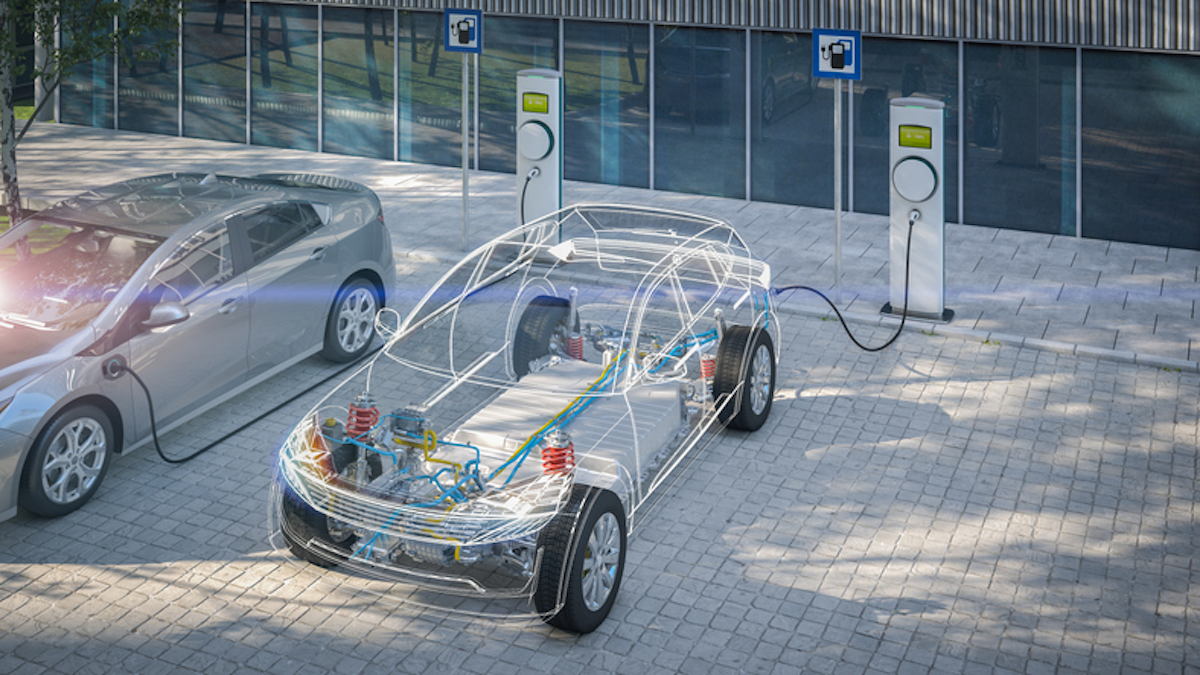
Do electric cars have transmissions? Technically, yes. But electric car transmissions are dramatically different than what you’re used to seeing in gas-powered cars. This is because electric cars typically use a single-speed transmission rather than a multi-speed transmission.
Electric cars do not require a clutch, shifting gears, or the rev of an engine to produce peak power; it happens almost instantly with the electric motor. Read on for a deeper dive into electric car transmission, how it differs from gas-powered cars, and possible exceptions as the electric vehicle market continues to evolve.
What Is a Transmission?
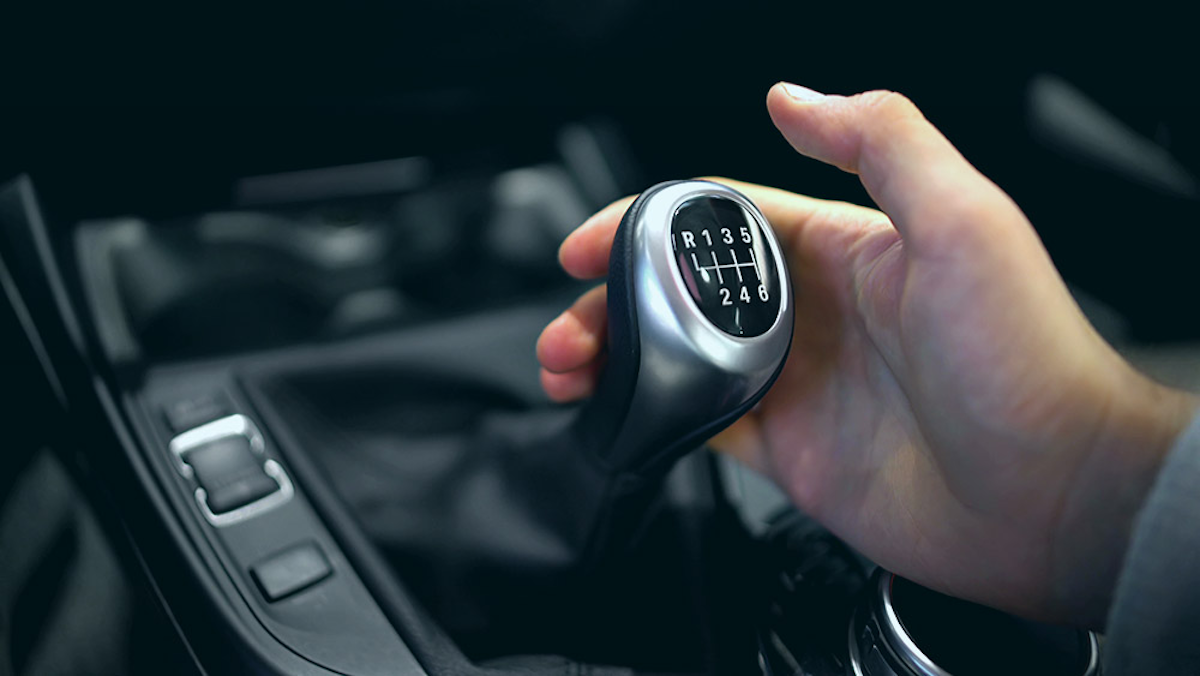
Your car’s transmission takes power from the engine and transmits it to the wheels of your car to get you moving. Gas-powered cars have internal combustion engines that require gear shifts for different speeds.
Electric cars, on the other hand, have a much simpler electric motor that only requires a single-speed transmission. These transmissions do not require gear shifts (either manual or automatic) to transfer speed and get your wheels spinning at an incredibly high rotation per minute (RPM.)
How Do Electric Car Transmissions Work vs. Gas-powered Car Transmissions?
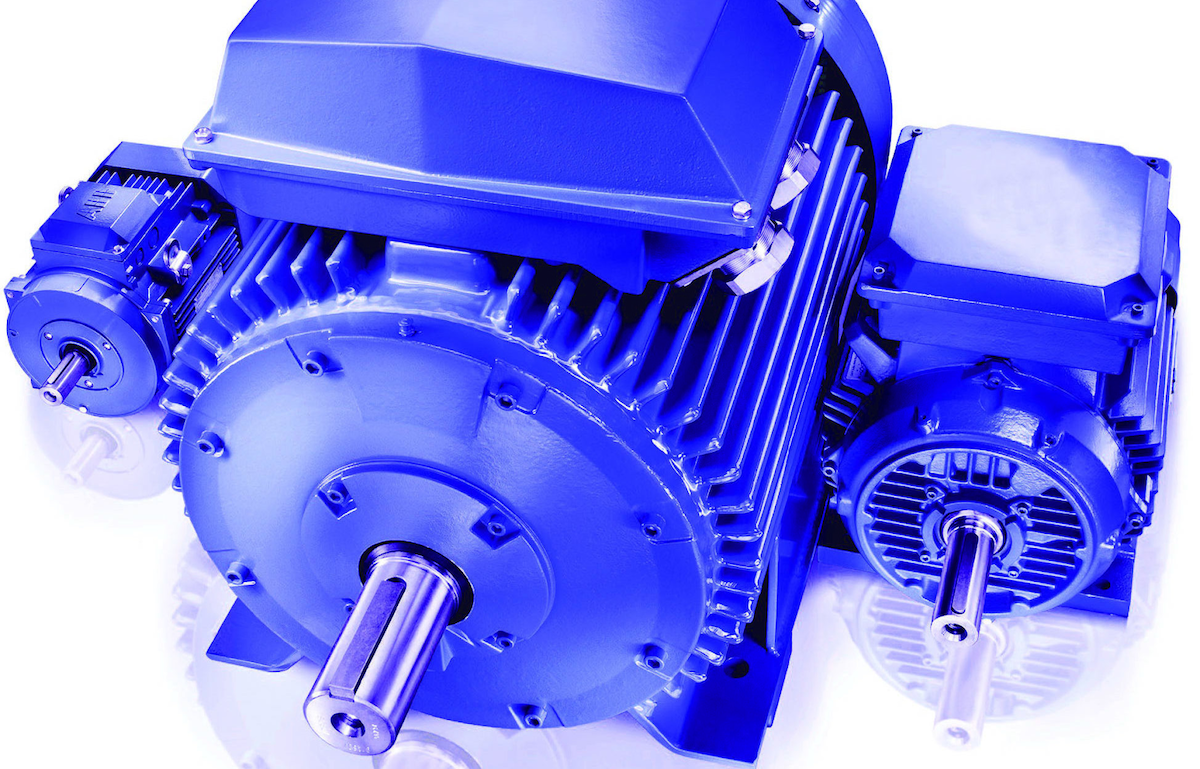
Gas-powered engines use many parts and mechanisms to get moving. The fuel inside the engine’s cylinders moves pistons, which rotate the crankshaft and spin the car’s wheels. In order to accelerate, gas-powered cars typically have a 5-speed transmission—though 6, 8, and 10-speed transmissions are also possible. The higher the speed, the higher the gear needed. These gear changes can happen manually by the driver using a clutch or, more commonly, automatically.
How does an electric car work with just a single-speed transmission? Electric motors are significantly simpler and more efficient than gas-powered engines. When you hit the accelerator on an electric car, electricity is sent directly from the battery to the electric motor. The electric motor’s simple gearbox spins and the car starts moving.
Gas-powered engines produce lower torque and lower RPM’s (revolutions per minute), therefore they need a transmission to reduce the torque necessary to turn the wheels at lower speeds.
Electric motors can operate at higher RPMs than gas engines. Therefore, at higher speeds a gas-powered car needs a transmission to prevent the engine from over-revving.
Benefits of Electric Car Transmissions
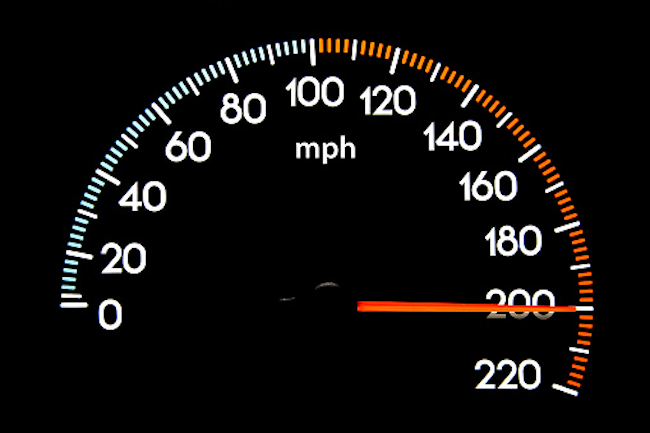
While the complexity of a standard transmission might seem more advanced, the truth is that when it comes to cars more parts mean more problems.
There are actually a few significant advantages of electric car transmissions including:
1. Less Wear and Tear and Lower Repair Costs
Since you will not need to shift gears, there will be less friction within your car’s engine. While conventional cars are prone to issues without regular transmission fluid changes and maintenance, electric cars will need significantly less transmission maintenance to run smoothly.
2. Faster Speeds Faster
Electric motors were engineered for power and efficiency. While most gas-powered engines rotate at about 7,000 RPMs, electric motors can go over 20,000 RPMs and can reach full power almost instantly. Many electric cars can easily accelerate from 0 to 60 mph in less than 5 seconds with some Tesla models going from 0 to 60 mph in just 2 seconds.
3. Easy Driving Experience
The driving experience is as easy as the driving experience of automatic transmission gas-powered cars. No gear shifts are required to keep the engine efficiently powered and driving smoothly.
Do Teslas Have Transmissions?

While Tesla has experimented over the years with two-speed gearboxes, all their current models have the single-speed automatic transmission that is typical for most electric cars. As a best-seller in the luxury market, Tesla is especially interested in giving owners a bit of the sports-car feel and fast acceleration is a big part of that.
A recent Car and Driver test showed that Tesla’s Model S Plaid could accelerate from 30 to 50 mph in 0.9 seconds, and from 50 to 70 mph in 1.0 second flat with its single-gear transmission. Not too shabby!
Electric Cars With Two-Speed Transmissions
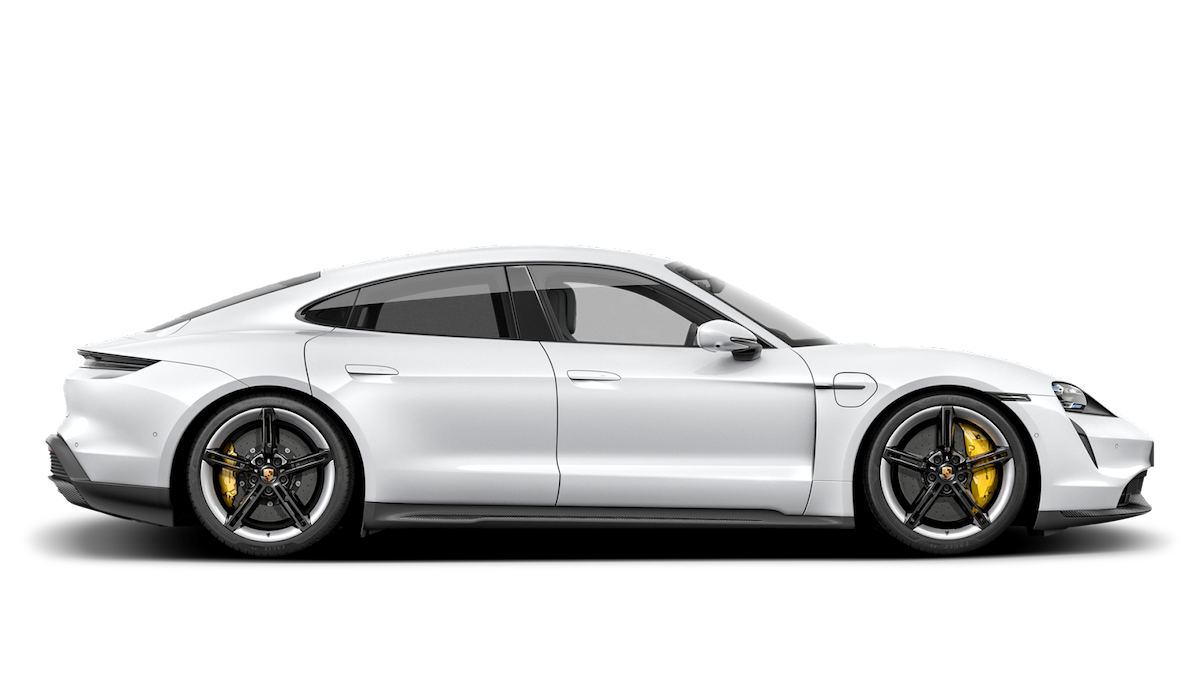
There are a few electric cars on the market that have two-speed transmissions. These models aim to improve the top speed and range of the vehicle so drivers can go faster for longer. The Porsche Taycan has a two-speed transmission coming from two electric motors—one in the front of the car and one in the back.
While the Porsche Taycan does what it set out to do, most drivers will not need sports car speeds and the two-speed transmission comes at a high cost. The starting price of the Porsche Taycan is over $85,000.
Will Electric Car Transmissions Change in The Future?
While there are currently very few electric cars on the market that offer multiple-gear transmissions or manual transmissions, we wouldn’t rule out these options becoming more common in the future.
While single-gear transmissions have proven to be efficient so far, the EV revolution is still in its infancy. As more manufacturers enter the market and more consumers make the switch, we see more options becoming available to keep various types of EV drivers happy and interested.
Final Thoughts
Electric car transmissions are not what you are used to. Differences between gas-powered internal combustion engines and electric motors provide big differences in how your car transfers power from the motor to your wheels.
Despite these differences, electric car motors are incredibly efficient and fast and offer the same driving experience you are used to if you drive an automatic gas car.


Leave a Reply